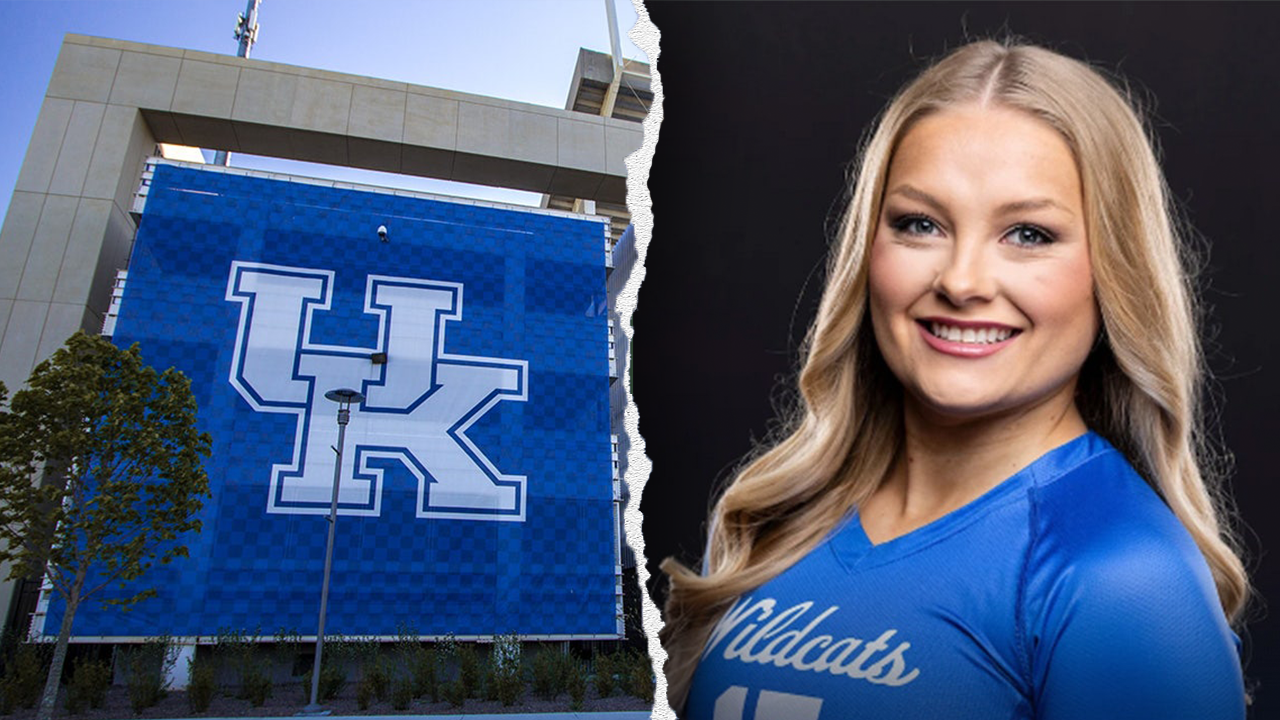It kept you dry in December — now it might be the secret to surviving July.
As temperatures soar, a growing number of Americans are getting hip to what much of the world already knows: Umbrellas aren’t just for rain.
“I don’t care how cute my hat is, I don’t care if I have a fan, it’s not going to work,” Amber Ferguson (@girlwithdrive) said in a recent TikTok. “The only thing that’s going to keep me from literally melting out here is my umbrella.”
Turns out, that’s exactly why they were invented more than 4,000 years ago. In fact, umbrellas were the primary method Americans used to shield themselves from the sun until the 20th century, when sunscreen, hats and other protective gear took over, according to Encyclopedia Britannica.
Nowadays, carrying an umbrella — or parasol, as it’s often called when used for sun protection — is common across large parts of East and Southeast Asia, including China, Japan, South Korea and Thailand.
“In these countries, it is common to see individuals of all ages carrying umbrellas on sunny days, reflecting a strong cultural emphasis on sun protection for both health and aesthetic reasons, such as prevention of sunspots, tanning and premature aging,” Dr. Helen He, co-director of Mount Sinai-Clinique Healthy Skin Dermatology Center, told The Post.
“When it comes to sun protection, not all umbrellas are created equal.”
Dr. Helen He
People use umbrellas to shield themselves from the sun’s ultraviolet (UV) rays, which in moderation help with vitamin D production. But overexposure can lead to sunburn, skin damage, premature aging and even skin cancer.
Umbrellas can also block infrared radiation — the part of sunlight that makes you feel hot.
But, He cautioned, “when it comes to sun protection, not all umbrellas are created equal.”
“The best umbrellas are UV umbrellas, which are usually made of tightly woven fabrics and are treated with special UV-resistant coatings that absorb or reflect solar radiation,” explained He, who said she carries one everywhere she goes.
While sunscreens have a Sun Protection Factor (SPF) rating to indicate how well they’ll protect you from getting a sunburn, umbrellas (and clothing) use an Ultraviolet Protection Factor (UPF) to measure their effectiveness against UV radiation.
“Look for umbrellas that have UPF 50+, which will block over 50% of UV rays,” He recommended.
Wider umbrella canopies provide more coverage, and darker fabrics absorb more solar radiation — blocking both harmful UV rays and heat from reaching your skin, she said.
There’s real science behind this.
A 2013 study by Emory School of Medicine researchers tested 23 handheld umbrellas and found they protected participants’ skin from an average of 77% of UV damage.
Black umbrellas performed best, blocking at least 90% of UV rays, while lighter colors, especially white, offered less protection.
“If you want a colorful umbrella, I highly recommend one with a black or reflective silver coating inside or outside,” He advised.
But shade alone isn’t a perfect shield.
“While the umbrella is very effective for providing protection against direct overhead UV rays, it does not provide complete coverage,” He said.
UV radiation can still reflect off surfaces like concrete, water, and sand, exposing your skin even when you’re under an umbrella.
Plus, there will inevitably be moments outdoors when you have to put your umbrella away — whether you’re taking photos, carrying items or doing activities that require both hands.
“It is important that you are always using backup sun protection to ensure that you are still covered during those times, especially if they are prolonged,” He said.
For this reason, He recommends that even if you’re carrying a sun umbrella, you should still apply sunscreen, wear sun-protective clothing and practice other sun-safe behaviors like seeking shade and avoiding peak sun hours between 10 am and 3 pm.
“I often remind my patients, ‘If you see the sun, the sun sees you,’” she said.
When shopping for sun-protective clothing, remember that UPF ratings aren’t limited to umbrellas.
“Sun protective clothing, hats, swimsuits and accessories with UPF 50+ will boost your overall defense against UV exposure and are a great investment for summer months, especially if you will be spending a lot of time outdoors or at the beach,” He said.
When it comes to sunscreen, she said many people don’t apply often enough — or forget to do it altogether.
“A good rule of thumb is to use a nickel-sized amount on the face and about a shot glass amount on the body,” He said.
Sunscreen should be reapplied every two hours, or more frequently if you’re swimming or sweating.
For people with darker skin tones or those prone to hyperpigmentation or melasma, He recommends using a tinted mineral sunscreen.
“This protects not only against UV light but also visible light, which is a major trigger for hyperpigmentation,” she explained.
Read the full article here
















